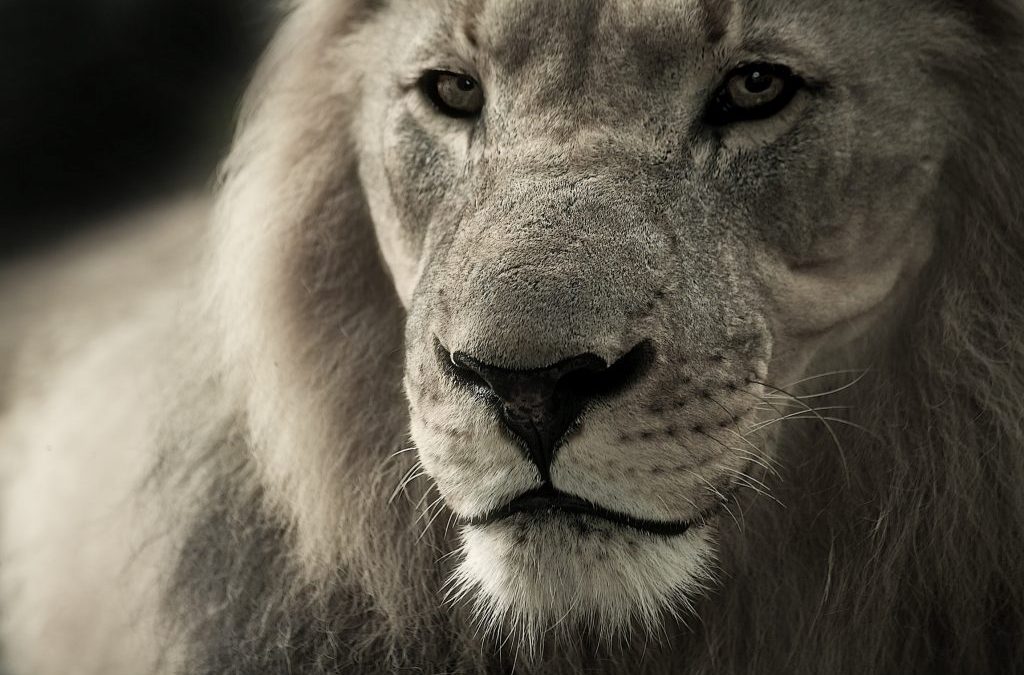The following article, by Sam Himelstein, Ph.D., is a lesson in mindfulness incorporating the use of metaphor. For most people, especially teens, metaphors offer a new way to relate to information.
I often ask the youth I work with how they’d define mindfulness. For those I haven’t work with long, it’s not uncommon for me to hear definitions like “relaxing,” or “taking deep breaths.” While these experiences can be a part of practicing mindfulness, they’re by no means requirements. This is one of the biggest misconceptions about mindfulness I hear. That mindfulness is about relaxing and calming oneself down. I believe most of the misconception comes from the practice of mindfulness meditation (as we’ll review in a bit) and particularly mindfulness of breathing meditation. Awareness of breath occurs in several types of meditation. In mindfulness, we use the breath as an anchor; we bring our awareness to the breath as a way to keep it in the present moment. When thoughts, feelings, or other experiences arise, we simply and non-judgmentally note those thoughts and then return our awareness to the present via the breath.
In more concentrative forms of meditation (i.e., single-pointed awareness), the breath is used as the sole and single point of attention. There is a more of a strict attitude of keeping attention on the breath and practicing the discarding of everything else. And moreover, in relaxation-based meditations, the breath is often used as a focal point: taking slow deep breaths is oftentimes instructed to activate the parasympathetic nervous system’s relaxation response, which in turn produces a feeling of calm and relaxation.
At least sometimes.
It makes sense that mindfulness gets conflated with these other practices when I think about the wonders of using the breath as a tool in meditation. But for us teaching mindfulness to youth and other populations, it’s important to be able to articulate just what mindfulness is and what it’s not or we run the risk of those we teach not fully understanding the true liberating power of mindfulness. For example, what happens when we try to relax and we can’t? What happens when we try to meditate and our thoughts are moving at 100 mph? I often hear people say “I can’t meditate, I have too much on my mind.” Or youth I’ve worked with will say, “I have ADHD, I can’t sit still and meditate.” Well, they’re right if we’re only defining mindfulness and mindfulness meditation as trying to be calm and serene. People can, in fact, get good at calming themselves down with training, but that’s a complex discussion for another post and misses the power of mindfulness.
Mindfulness: The Lion Mind
The metaphor of the Lion Mind as a way to describe mindfulness comes from Larry Rosenberg’s book, Breath by Breath. I learned about this metaphor while working at the Mind Body Awareness (MBA) Project where we taught mindfulness and emotional intelligence skills to incarcerated and marginalized youth. I recently started volunteering for MBA again at the juvenile detention center where I started the meditation program roughly 10 years ago. It dawned on me that at the time of writing this post I’ve probably used the lion mind metaphor over a thousand times at this point. I’ve even added my own tweaks and twists and incorporated the metaphor into my MBSAT Curriculum.
The metaphor is simple and only takes a minute present. I hold up a pen or meditation bell (the stick used to strike the bell) and tell the group to imagine it’s a bone. If I’m standing in front of a dog and I wave the bone in the dog’s face side to side and then toss the bone a few yards away, what will the dog do? “Chase the bone,” the group often yells back. But what if I’m standing in front of a lion. And I wave the bone in the lion’s face from side to side and toss it a few yards away. What will the lion do? “Eat you!” is often the resounding response. The fact is that the lion may eat me. The lion could eat met. But there’s a fundamental difference between the mind of the dog and that of the lion. The dog has tunnel vision and can’t see beyond the bone. It becomes simple: If I control the bone, I control the dog’s reality.
Of course, it’s fundamentally different with the lion. The lion sits upright as I wave the bone, eyes looking beyond the bone and directly at me. The lion has poise, understands the bone is just a small piece of a larger reality, and therefore has much more autonomy. The lion can go after the bone, can sit there and stare at me, can eat me.
The “bone” is what gets related to our experience. When anger arises, what type of mind, the dog or the lion mind, do we employ? When we’re extremely anxious, are we chasing the bones of worrying thoughts, or sitting with autonomy? Sometimes we can get caught up in the bones of our own stories, thoughts, images, sensations, and emotions.
By remembering the image of the lion sitting there and being present and non-reactive, we remind ourselves of the state of mind we’re trying to cultivate with mindfulness. Not necessarily relaxed, but present, with a non-reactive and non-judging attitude. That’s what awards us with the true power of mindfulness. To face whatever “bones” get thrown our way.
I often follow up the metaphor with a discussion with the youth about what particular “bones” are relevant in their life presently. What are the triggers they are dealing with the most? That makes the metaphor real and applicable. It takes the focus away from meditation, which is easy to conflate with relaxing or trying to calm down, and points it toward the symbol of the dignified lion being non-reactive and poised. I then use the lion mind terminology as a language thread throughout the rest of my work with the group or individual. It’s more help than the word “mindfulness,” which often is abstractly accessed by youth, for remembering the actual concept and practice of mindfulness.
When I check in with youth about situations they’ve been struggling with I can say, “What mind were you in? The dog mind or the lion mind?” and they understand exactly what I’m talking about. That is ultimately one of the goals in teaching mindfulness to teens; that they remember and understand what mindfulness is so they have more of a chance of actually employing it when most needed.
I highly recommend taking from this metaphor what you like, tweaking it if necessary, and catering as much as possible to the unique needs of the youth you work with.
Northwest Passage teaches the PassageWay, an approach to wellness achieved by living a full and mindful lifestyle. Relaxation, one of the eight elements essential to a therapeutic lifestyle, helps manage distress and provides an opportunity to step back from our fast-paced world. Relaxation promotes mindfulness.
SHARE




Recent Comments